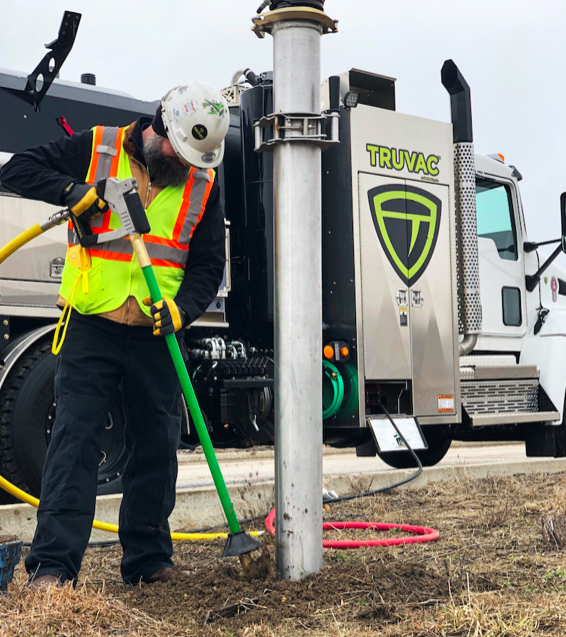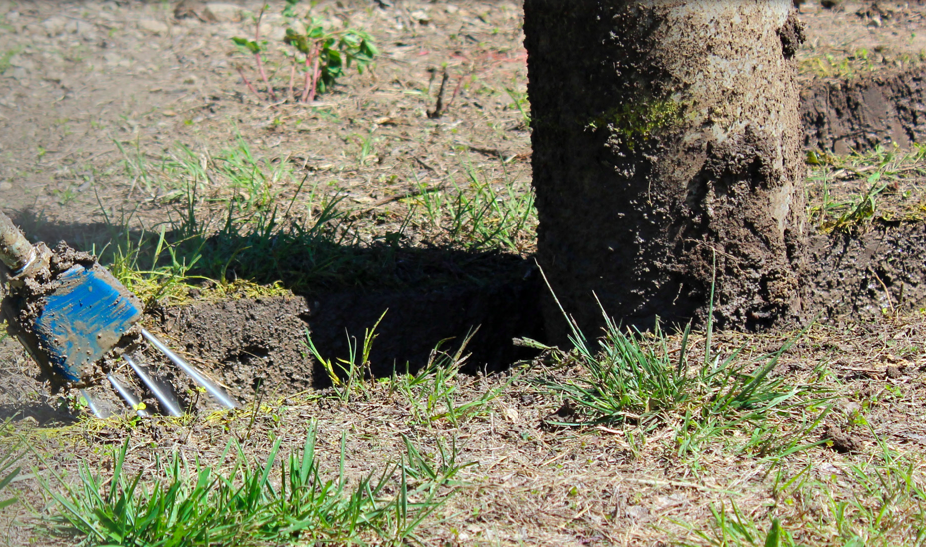If you’re in the excavation industry, you already know that excavation sites are dangerous places to work. Without the right safety equipment and precautions, you risk injuries for your team, the public, and damage to the site and equipment.
Using tools like Sonetics headsets can increase the safety of your team while they work. However, preparing for a safe environment is the best way to start and finish a job safely and without risk of liability.
Before you start your next excavation site, make sure you know the hazards of this type of work. Here are seven common excavation hazards and how to use the right precautions and equipment to keep everyone safe.

1. Falling Loads
Training your team to exercise caution when entering and working in or around the area helps keep them away from falling materials. As your excavator clears debris, there is potential for the load to shift or fall. Even with the most skilled operator, accidental falls can happen.
When using excavating equipment, it’s critical to mark the work area clearly. While the excavator is in operation, your crew should stay clear of the machine or moving and stored debris. Follow the OSHA guidelines to stack or pile debris away from the edge of the excavated pit or trench.
2. Cave-Ins
Digging underground can dislodge the soil overhead. Even with a plan to support the edges of a trench, a collapse or cave-in can injure a worker. In some cases, trench cave-ins can result in death.
Make sure you follow property excavation safety protocols to shore-up the edges of a trench. Dig your trench with sloping walls to create a safer area for workers. Use hydro excavation to complete the job faster and remove debris safely out of the way.
3. Exposure or Damage to Underground Utilities
Buried cable, water, gas, and electrical lines pose a significant hazard during excavation. While site administrators can hope the city’s documentation can help identify the location of underground utilities, that’s not always the case. If a line is not where a chart or marking says it should be, your crew is at risk of injury.
Traditional digging equipment can puncture or break a line before you realize it’s there. Before you trust outdated documentation at your dig site, consider a vacuum excavator truck. This equipment is one of the safest ways to dig around buried lines and pipes.
Areas with buried utilities require more care and precision than more straightforward dirt or debris removal. With a hydro truck and a skilled operator, you’ll protect your team and the job site from a potential disaster from damage utility lines.

4. Toxic Air
Rupturing a gas line will contaminate the air of your excavation site until the gas company can fix the pipe and clear the area. However, gas isn’t the only risk to the air at your work site.
Dust, smoke, low oxygen levels, or other gases can create a toxic air environment that’s hazardous to your workers. This type of situation can also become dangerous to people in homes or buildings nearby.
Before starting the dig, conduct atmospheric testing. Make sure the environment is safe to breathe or provide proper breathing equipment for your crew.
Using a hydro excavator can also help minimize toxicity in the air. Using air and water pressure to clear a work site reduces the amount of dust and particles that can disperse into the air during excavation.
5. Moving Equipment
Large machinery is always a hazard! On an excavation site, it’s critical to have a plan for moving excavators and other large equipment around the site to keep workers and the public safe.
When relocating equipment, assign a spotter to each machine. Make sure they have a clear path ahead to move where they need to be. Use a flag to stop traffic or warn workers and other machine operators that a piece of equipment is on the move.
Provide safety apparel and protective equipment for workers operating moving machinery and spotting. They should have hard hats, safety vests, and stand clear while the operator moves the machine.
6. Employee Falls
Tripping over debris, lines, and equipment can cause employees to fall and become injured. If a worker falls into a trench or hole during excavation, they could experience a significant injury.
Make sure to mark equipment and workspaces as hazardous areas. Train workers to stay alert and aware of debris, boundaries, equipment, and other hazards that cause a fall on the job site.
Don’t forget about people who should not be in the excavation area! If your job site is close to other businesses or homes, make sure passersby or drivers can see the marked excavation area. Put up protective barriers and signs to keep people from accidentally falling into a hole or trench.
7. Unstable Structures
Will your excavation work affect the stability of nearby structures? If you’re working around poles, towers, other buildings, or small structures, put a plan in place to make sure they don’t fall or cave in due to your excavation work.
Alert nearby building owners that excavation work will take place in the area. Be prepared to secure poles or other structures that could become compromised during excavation.
Use hydrovac trucks to move and excavate around nearby structures to keep them from becoming unstable. In some areas, remote digging could be the best way to protect nearby structures and accomplish the excavation task while keeping workers safe.
Use the Best Equipment to Prevent Excavation Hazards
Preparing for and preventing potential excavation hazards keeps your workforce safe! It also helps you complete each job safely and without delays. When workers stay safe, and you execute jobs faster (and with accuracy), your business grows!
Hydro vacuum trucks help you excavate a site quicker and safer than other traditional digging equipment. Contact us to learn more about the equipment that can help prevent more hazards on your job sites. We’ll schedule a free demo of the hydrovac equipment you need for your business!
